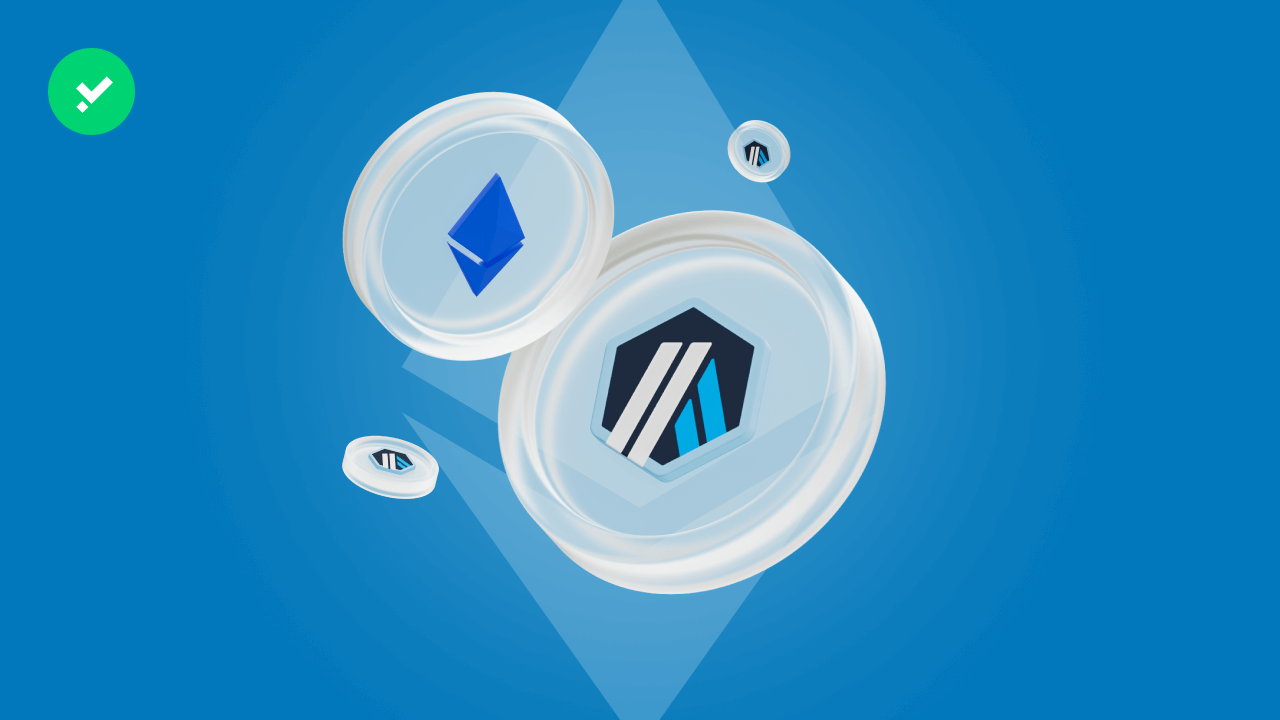What are the most widely used Ethereum Layer 2s? Here’s who is winning the race to speed up and reduce transaction costs
What are the most widely used Ethereum Layer 2s? These protocols aim to provide faster and cheaper transactions than the main blockchain. The urgent scalability challenge for the ‘world computer’ is played out in transactions per second (tps) and Total Value Locked (TVL). The first metric measures how many transactions a protocol can handle per second, and the second is the total value of locked cryptocurrencies and, thus, the available liquidity. This value is used to assess a project’s spread.
Ethereum’s main Layer 2s (excluding Polygon, a real blockchain) differ in the scalability technology used: zero-knowledge rollup, optimistic rollup, Validium, or Plasma. Each determines trade-offs between speed, security, and cost. For example, Arbitrum is considered the best solution for developers, Optimism is the most compatible with Ethereum, and zkSync is unbeatable in terms of security.
Here is the ranking of the most used Ethereum Layer 2s!
Layer 2 Ethereum: Arbitrum in focus
Arbitrum is at the top of the list of the most used Ethereum Layer 2s, a protocol that uses optimistic rollups. You can find NFT marketplaces, play-to-earn games, and stablecoins in its vast ecosystem. It is also supported by the most important decentralised finance dapps, such as Uniswap, Aave, and Balancer.
Regarding numbers, Arbitrum has an LTV of $16 billion, can theoretically process a maximum of 1,500 transactions per second, and the commission to send ETH costs $0.05 on average.
Several decentralised applications have sprung up on Arbitrum that have dominated the DeFi landscape since the bear market in 2022, notably GMX and Pendle. The ARB token was distributed via airdrop to users who interacted with the blockchain months before its release.
Scopri Young Platform
Optimism
And continuing to talk about the more popular Layer 2s, another scaling solution is Optimism, which, as its name implies, also exploits optimistic rollups. This protocol is known for being integrated with the mother blockchain, so much so that it is said, ‘if it works on Ethereum, it also works on Optimism but at a fraction of the cost’, and for having open source code available to programmers. Synthetix, one of the most popular trading platforms, is developed on it; the network also promised a series of airdrops for its most active users.
Optimism’s LTV is $7 billion, it processes about 2,000 tips, and the average commission per transaction is $0.03.
Base
The blockchain developed by Coinbase, one of the most popular centralised exchanges on the market and the only one listed, has exploded in recent months. The reason? Mainly meme coins. Yes, you got that right. Cryptos born ‘for fun’ have increased the popularity of this Layer 2 incredibly.
The total value locked up within Base is currently USD 5.4 billion; at the beginning of March, it was less than a third!
Blast
The fourth Ethereum Layer 2 for TVL today is Blast, a recently born project that has managed to attract more than USD 2.5 billion in liquidity quickly. This sudden popularity is attributable to the aggressive marketing campaign undertaken in recent months. Blast, in fact, announced an airdrop before the launch of its blockchain, thus attracting all users who wanted to receive that free distribution of tokens.
This Ethereum Layer 2 has not yet released its governance token, which will arrive soon. To increase your chances of receiving it, you can buy ETH on the Young Platform, withdraw funds on the Ethereum network, and use a bridge to reach the network.
Scopri Young Platform
Mantle
Returning to the subject of Ethereum layer 2 whose development is managed by the foundations of decentralised exchanges, we cannot fail to mention Mantle. The fifth scaling solution for Ethereum for TVL, which stands at around USD 1.2 billion, is developed by BitDAO, the autonomous and decentralised organisation launched by ByBit.
Starknet
A Layer 2 of the Starkware Industries ecosystem specialising in cryptography. Starknet runs on zero knowledge rollups and STARK Proof. Its LTV is $63 million, and commissions are $0.09.
zkSync Era
In seventh place in the most used and popular Ethereum Layer 2s ranking is zkSync Era. This protocol is based on zero-knowledge technology and aims to scale Ethereum while maintaining its decentralisation. It has over 500,000 active users and supports all projects on the core network without code changes.
The TVL of zkSync Era is $521 million, and the fee for transferring ETH is $0.09.
Manta
Manta is a multi-modular Layer 2 consisting of two networks utilising zero-knowledge rollup technology. Manta’s story began with Atlantic, a fast Layer 1 network built on Polkadot, and continued with Pacific, a highly scalable EVM-compatible Layer 2 network.
Manta Pacific’s LTV is currently $795 million, which is why it ranks eighth among the most used Ethereum Layer 2s.
Line
Linea is a Layer 2 blockchain developed by Consensys, the web3 company that developed the crypto wallet Metamask. This is also why this project has raised huge capital through several funding rounds, some USD 725 million.
Linea’s current LTV is $780 million.
dYdX
The ranking of the most widely used Ethereum Layer 2s continues with dYdX, which, unlike the previous projects, is a truly decentralised exchange with an LTV of 335 million.
Metis Andromeda
Metis Andromeda is another Layer 2 compatible Ethereum Virtual Machine, born from a fork of Optimism. This protocol is currently the cheapest, with transaction fees less than $0.01. Its Total Value Locked is 94.26 million.
Loopring
In sixth place in the ranking of the most used Ethereum Layer 2s is Loopring, an emerging DeFi project based on zero-knowledge cryptography. It processes over 2,000 tps, has a blocked value of 101 million and costs around $0.02 per transaction.
Immutable X
Known primarily as a decentralised gaming network, Immutable X exploits StarkEx’s Validum technology (zero knowledge) to make play-to-earn faster and cheaper. A total of USD 187 million has been blocked on this Layer 2.
Polygon zkEVM
The ranking ends with Polygon zkEVM. Perhaps the project par excellence that has spread the ‘zero knowledge’ trend in crypto communities. It is also one of the most recent protocols launched last March 2023. Polygon zkEVM has a blocked value of 38.03 million. The fees for a transaction amount to $0.03.
Looking at the ranking of the most popular and widely used Ethereum Layer 2s, it is clear that with these numbers, one can already speak of mass adoption. Scalability remains the real goal on which crypto projects are working relentlessly. Among the upcoming releases to watch is Scroll (currently under testnet), especially for possible airdrops.






